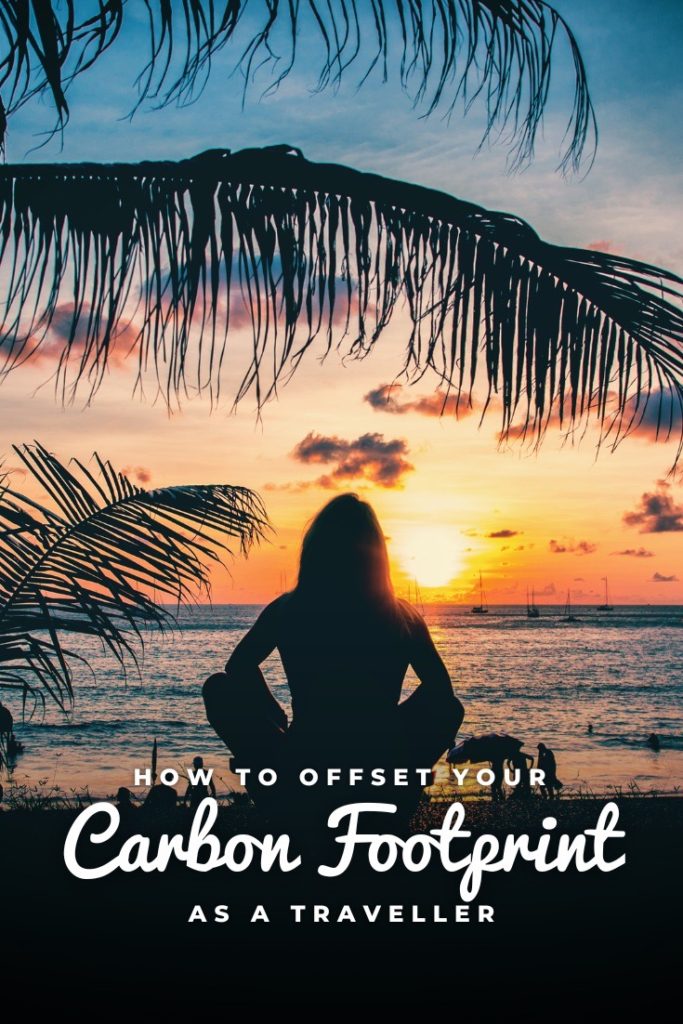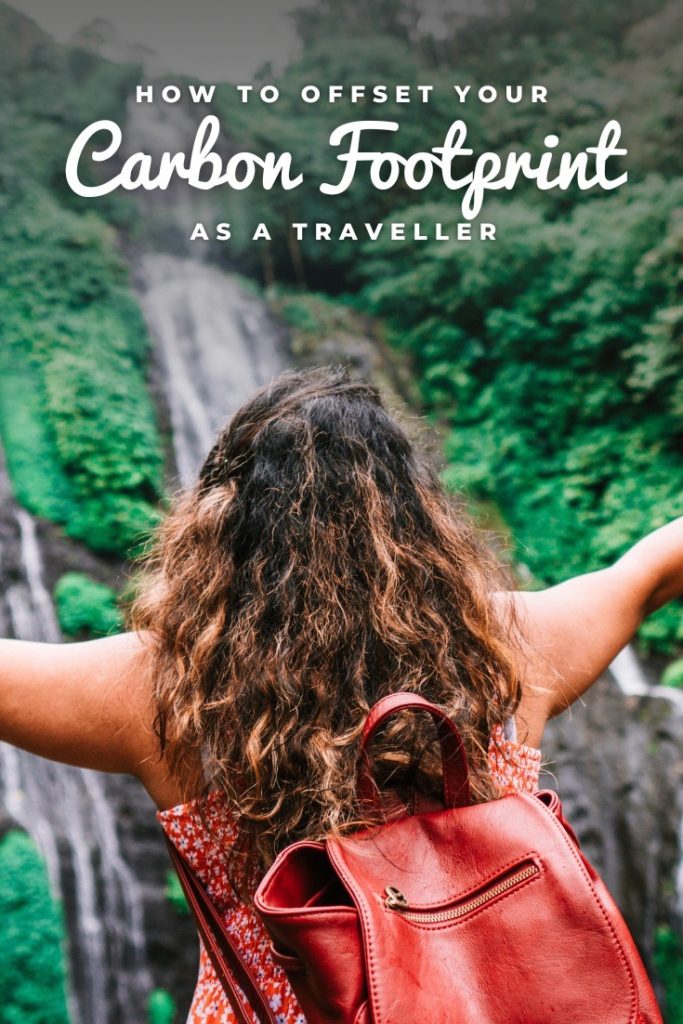Contents
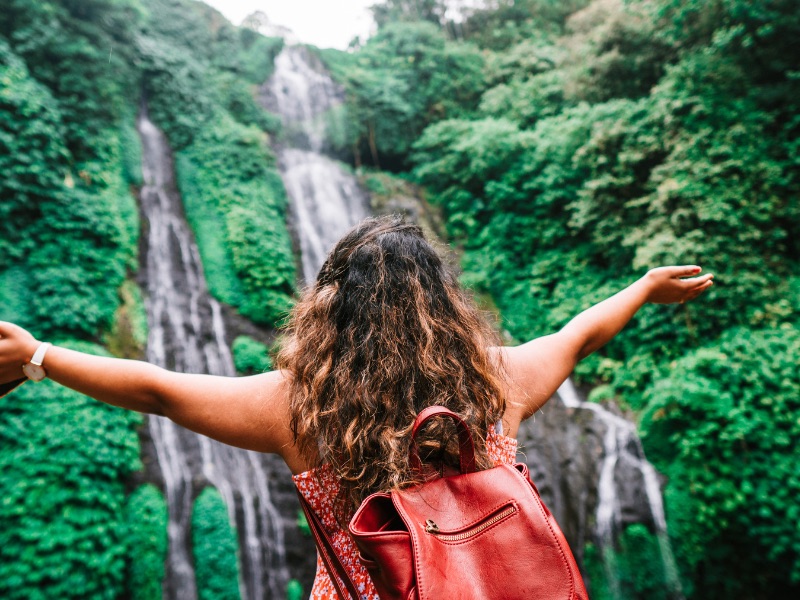
Offsetting Your Carbon Footprint as a Traveller:
Getting Around Without Getting Down
Now, let’s talk about getting from A to B without costing the Earth . Overland travel is your friend here. There’s something about train journeys that makes you feel like you’re in an old-school travel flick, gazing out at landscapes morphing from cityscapes to countryside. And buses? They’re the unsung heroes of eco-friendly travel, plus, you meet the most interesting characters on long bus rides (I once shared a packet of biscuits with a monk on a bus to Laos!).
When flying is the only option, think of it like a cheat meal – keep it rare and make it count. Direct flights are the way to go, less faffing about in airports and kinder on the planet.
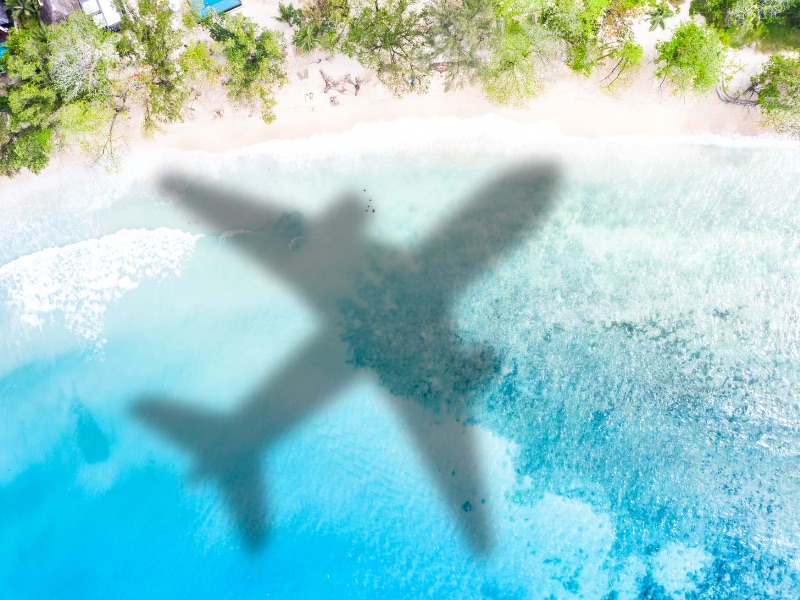
Setting Up Shop Sustainably
Choosing where to drop your backpack and laptop is key. Cities like Copenhagen are a haven for nomads with a green conscience, cycling everywhere and munching on food that’s more local than the pub back home. And when it comes to your pad, go for spots that recycle like it’s going out of fashion, say no to plastic like it’s a dodgy street vendor, and maybe even have a herb garden out back.
Research shows that hostels are more eco-friendly than hotels. By sharing a dorm room with a bunch of travellers you’re not only in for a more sociable trip, but a more ecological one. At Mad Monkey our war on waste is relentless, from slashing single-use plastics across our hostels to rolling out biodegradable packaging. We’re committed to advocating for a future where our only legacy is the memories we create, not the marks we leave.
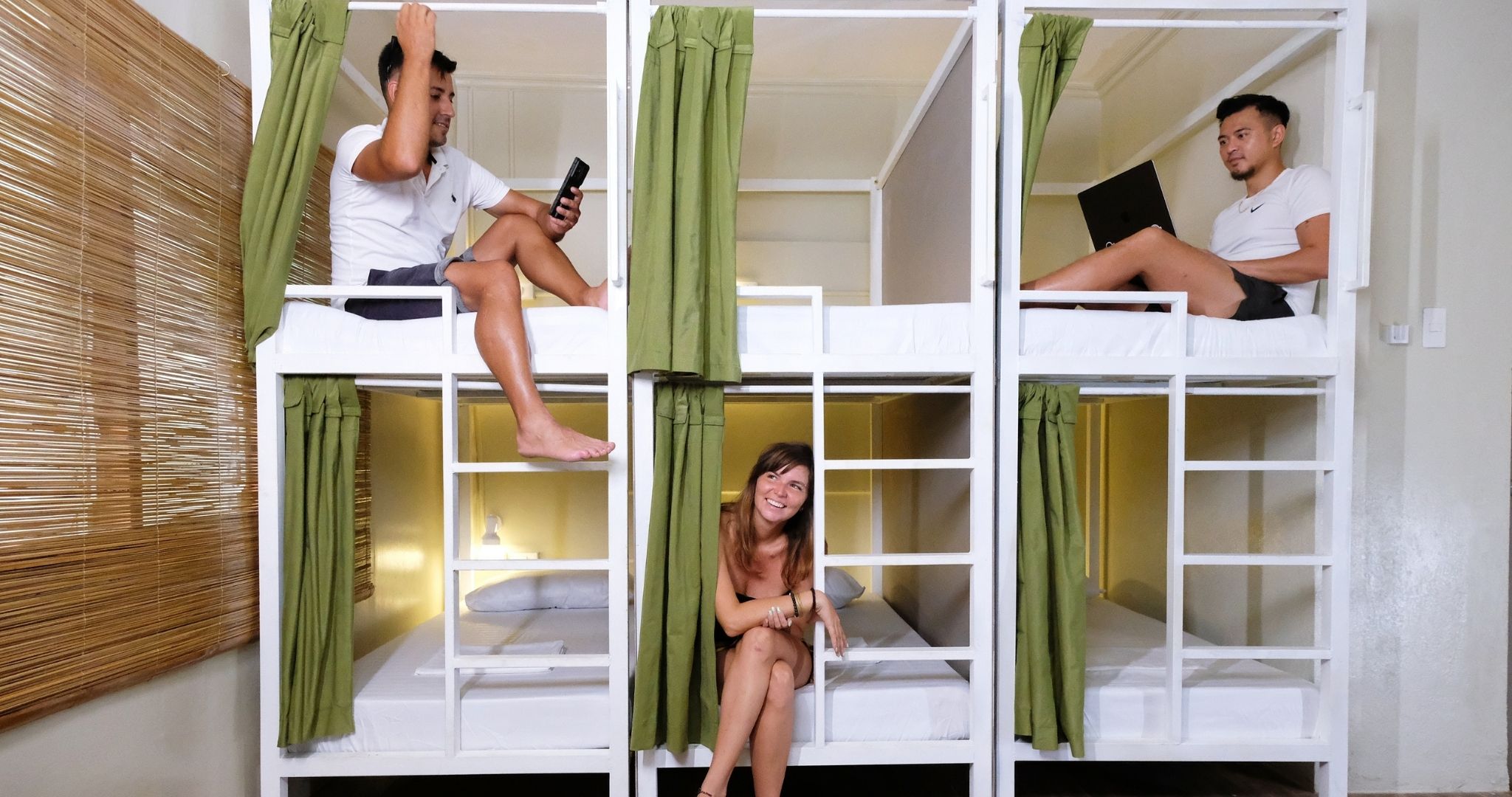
Living Like a Local
This is my favorite part. Diving headfirst into local life not only gives you the best stories but also cuts down on your carbon shenanigans. Ride a bike, eat street food (the rule is, if there’s a queue, it’s good), and buy trinkets from the guy who made them, not a souvenir shop. Your experiences will be richer and your carbon footprint smaller.

The Nomad Network
Never underestimate the power of a good old chinwag with fellow nomads. Share tips, swap eco-friendly finds, and maybe even team up for some local clean-up action. It’s all about that community spirit.
Tech to the Rescue
Now, we’re in our element. Use that smartphone for more than just selfies and Google Maps. Track your carbon footprint, find the nearest bike-sharing station, and always, always go for e-tickets. Less paper, less hassle.
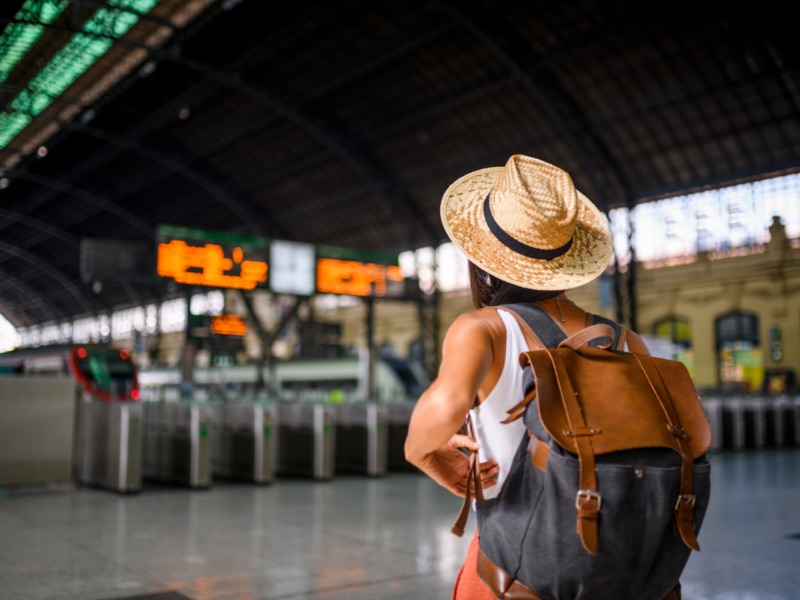
The Offset Odyssey
Here’s where it gets a bit science-y but stick with me. Carbon offsetting is like giving the Earth a spa day after you’ve thrown a rager in your hotel room. It’s about investing in projects that suck up all that carbon you’ve been trailing around. The trick is to pick a project that’s legit – think wind farms over “magic beans”.
The Carbon Offset Adventure: A Step-by-Step Guide
Imagine you’ve just wrapped up a whirlwind tour, hopping from the neon lights of Tokyo to the serene beaches of the Philippines. Now, it’s time to balance the books with Mother Nature. Here’s how you can do your bit to keep the planet groovy:
Step 1: The Numbers Game
First up, in our journey of offsetting your Carbon Footprint as a traveller, we need to figure out how much carbon your adventures have added to the atmosphere. It’s like checking your bank balance, but for your carbon account. There are loads of carbon footprint calculators online that can do the heavy lifting for you. Just plug in your travel details, and voilà, you’ll get a number that represents your carbon output in tonnes of CO2e (that’s carbon dioxide equivalent for the uninitiated).
Step 2: Picking Your Eco-Battles
Now that you know your carbon debt, it’s time to decide where you want to make a difference. Think of it like choosing a charity to donate to, but instead, you’re investing in planet-saving projects. There’s a smorgasbord of options out there – from reforestation efforts in the Amazon to wind farms in Morocco. Some providers even let you spread your love across multiple projects, so you don’t have to put all your green eggs in one basket.
Step 3: Seal the Deal
With your project(s) picked, it’s time to cough up the green – and I’m not talking about lettuce. Purchasing your offset credits is the final step. It’s like buying a guilt-free pass for your travels. Your chosen provider will take your contribution and funnel it into the projects you’ve selected, giving you a pat on the back for doing your part in the eco-revolution.
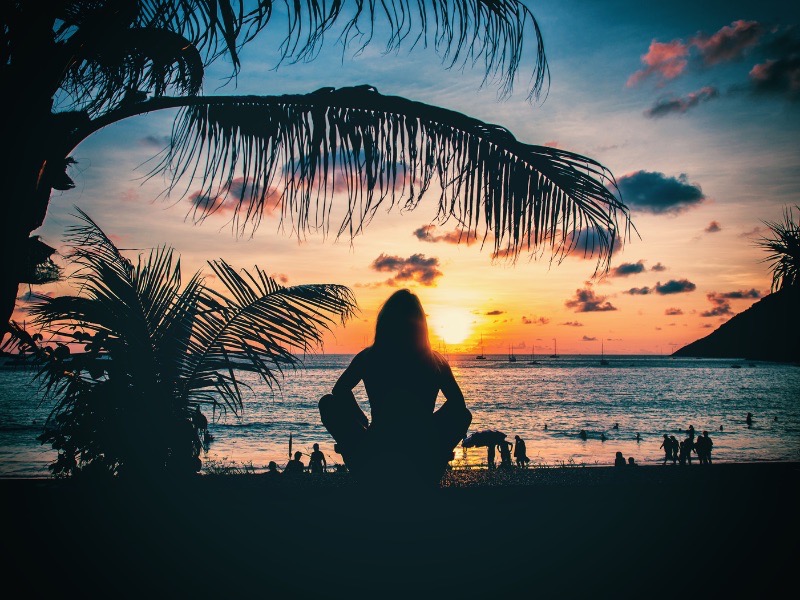
The Wrap-Up: Offsetting Carbon Footprint as a Traveller
Alright, let’s bring it home. Being a digital nomad doesn’t mean you have to leave a Godzilla-sized footprint on the planet. It’s about making those small, smart choices that add up. Travel slow, live local, and keep it green. The planet will thank you, and hey, your adventures might just get even more epic.
So there you have it, a no-BS guide to keeping your nomadic life as green as that avocado toast you had for breakfast. Now, go forth and roam responsibly!
More Information on Offsetting your Carbon Footprint
The Beginners Guide to Carbon Offsetting Your Flights — by On The Luce
Should You Buy Carbon Offsets for Your Air Travel — by National Geographic


